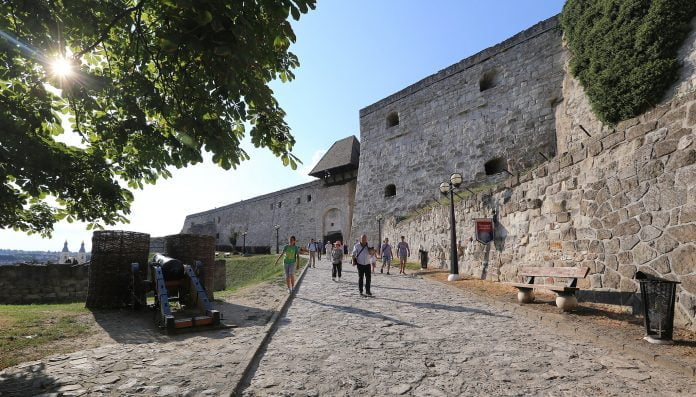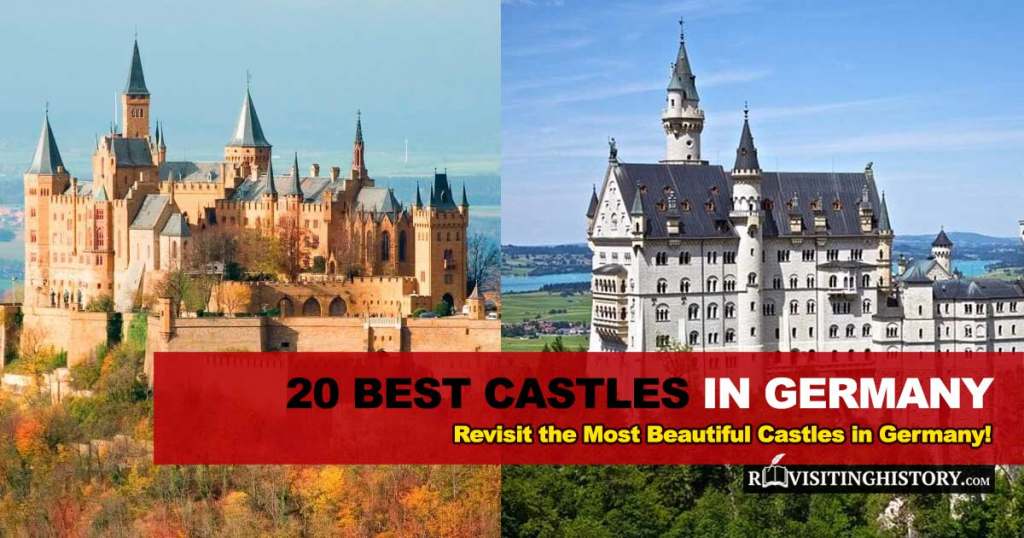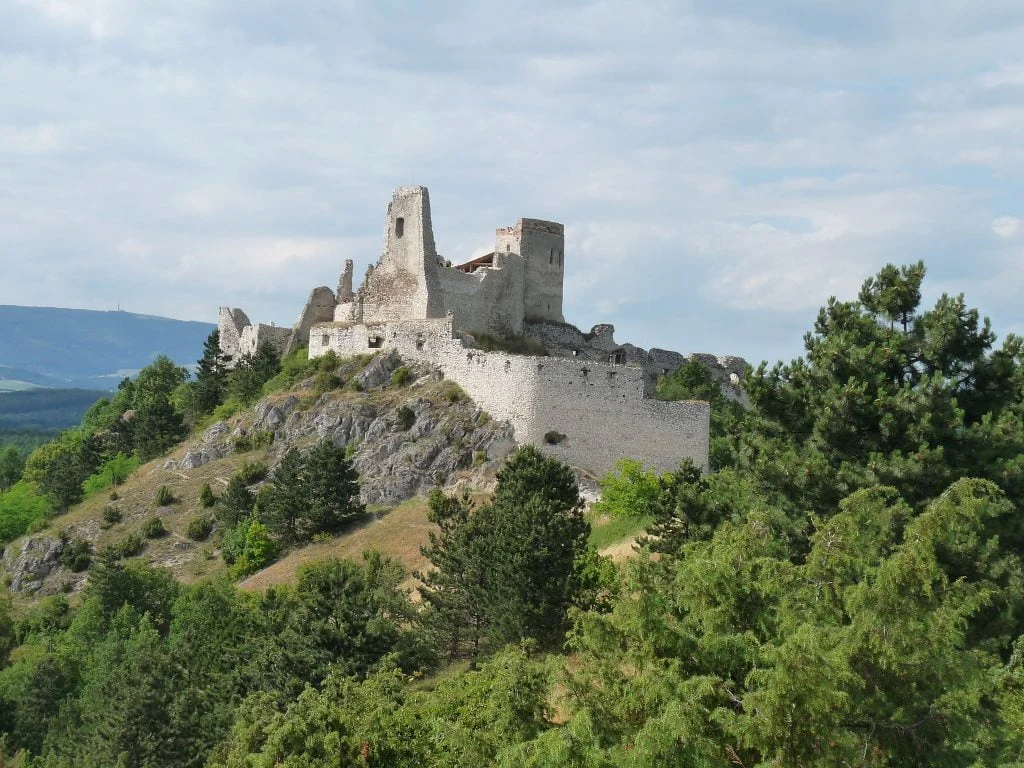When reading about the history of Europeans and Ottomans, you are bound to come across Eger Castle. It played a notable role in building the defense of the Christian empire against the Ottomans. This Medieval castle blended with Gothic architectural influences stands proud today with all its glory and glamor carefully preserved.
Let us take you on an intriguing journey to Eger Castle, where you will get to know detailed information about the castle’s history, its architectural uniqueness, and ways you can visit and explore this magnificent castle in Hungary.
Table of Contents
- 1 Frequently Asked Questions
- 2 Early History
- 2.1 Early Construction of the Castle (11th – 13th century)
- 2.2 Inclusion of the Gothic Elements to the Castle (15th to 16th century)
- 2.3 Fortification of Eger Castle during Battle of Mohács
- 2.4 Siege of Eger Castle by Ottomans (Late 16th Century)
- 2.5 Recovery of Eger Castle by Austrian-Hungarian Armies (Late 17th century)
- 2.6 Demolishing of Eger Castle
- 3 Current Times
- 4 Interesting Eger Castle Facts
- 5 Visiting Eger Castle – Tips and Tricks
Eger Castle served as an army barricade in the twentieth century by the Hungarian forces.
Frequently Asked Questions
Where is Eger Castle Located?
The castle is located in Eger, Hungary.
When was Eger Castle Built? Who Build It?
The original builder of the castle and the year it was built are unknown. However, the Eger Castle that we know today was built by the Bishop of Eger around 1470 AD.
When is The Best Time to Visit the Castle?
The castle is open for visitors all days around the year. If you wish to visit Eger Castle in optimal weather, then late spring (April to June) and early autumn months (September to November) are prime times to visit.
What Other Monuments are Located Nearby?
There are numerous other historical monuments that you can visit while in Eger: Dobó István Square , Város a Város Alatt , Cathedral Basilica of St. John, and the Centre of the Eger Archbishop’s Palace are all note-worthy stops.
FOR HISTORY | BEAUTIFUL IMAGES | INTERESTING FACTS | TRAVEL TIPS
Early History
Early Construction of the Castle (11th – 13th century)
The original building of Eger Castle was built on Várhegy at Felsőtárkány, a hill near Eger city. It consisted of a manor house, originally a chapel to which a residential tower had been added on. The exact period around which this structure was built is unknown. In 1241, the Mongol invasion rendered the castle in ruins. For the coming two centuries, the castle remained in ruins until the Bishop of Eger decided to move the castle to an adjacent rocky hill near Eger city.
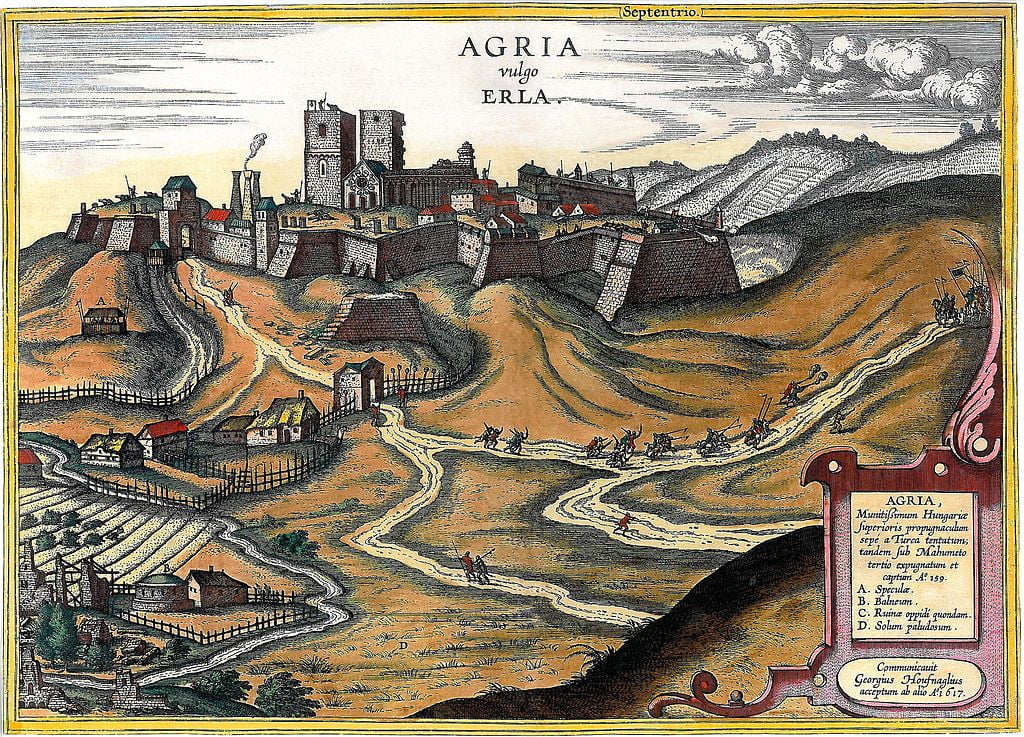
Inclusion of the Gothic Elements to the Castle (15th to 16th century)
It was around that time when the importance of Eger Castle was boosted as it became the episcopal of the Kingdom of Hungary. The reconstruction of the Eger Castle at the relocated spot included an expanded version of the original castle intertwined with Gothic inspirations. A Romanesque cathedral including a bishop chapel was added to the castle’s structure. Led by lead architects of the time, Francesco Pozzo and Martino Remiglio, the fortification of the castle was completed in the 1560s, with outer and inner castles built, mirroring the gothic influences of the time.
Fortification of Eger Castle during Battle of Mohács
The Battle of Mohács that broke out in 1526 between Hungry and its allies resulted in the siege of Eger Castle by Péter Perényi. In the midst of the mayhem, a fire broke out, incinerating the cathedral’s roof and various houses located within the castle walls. Later, Tamás Varkoch, the Castle’s lieutenant, took it upon himself to expand the fortifications of the castle. The project included the addition of new bastions and expansions of the interior buildings.

Siege of Eger Castle by Ottomans (Late 16th Century)
The castle came under fire from the Ottomans for its strong defensive barrier as it served as a gateway for Ottomans to enter Europe. After multiple attempts, the Turk Sultan’s army took over the castle in 1596. The subsequent attacks on the castle by the Sultan’s army caused serious damage to the bastions of the castle, which were later repaired by Turk forces. Turk’s rule over Eger Castle lasted for the next century, during which the castle observed further expansion and fortification of its outer walls.
Recovery of Eger Castle by Austrian-Hungarian Armies (Late 17th century)
The castle was recovered from the Turks by Austro-Hungarian forces in 1687. In the coming years, the outer fortifications of the castle were demolished, leaving only the inner castle standing. The castle again proved to be of military importance during the Rákóczi War of Independence, when the Habsburg true forces took over the castle in 1710.
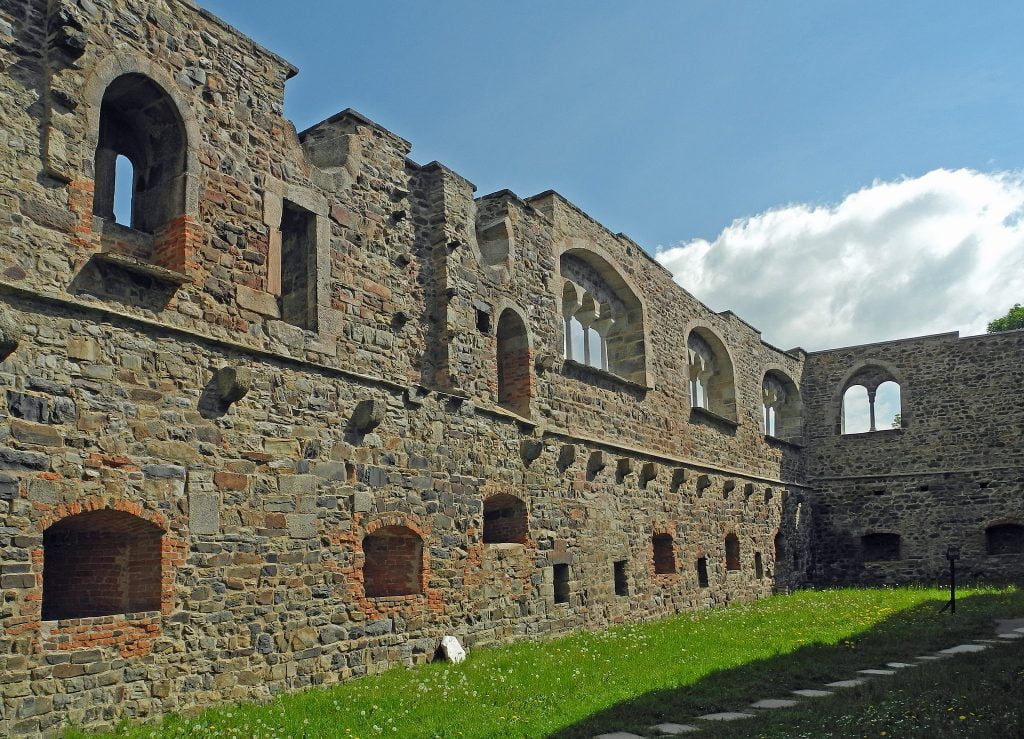
Demolishing of Eger Castle
The church authorities approved the demolition of Eger Castle around 1783–the castle bastions, buildings, and cathedral were demolished. However, the complete demolition of the castle was stopped by Archbishop János László Pyrker, who realized the historical significance and importance of Eger Castle.
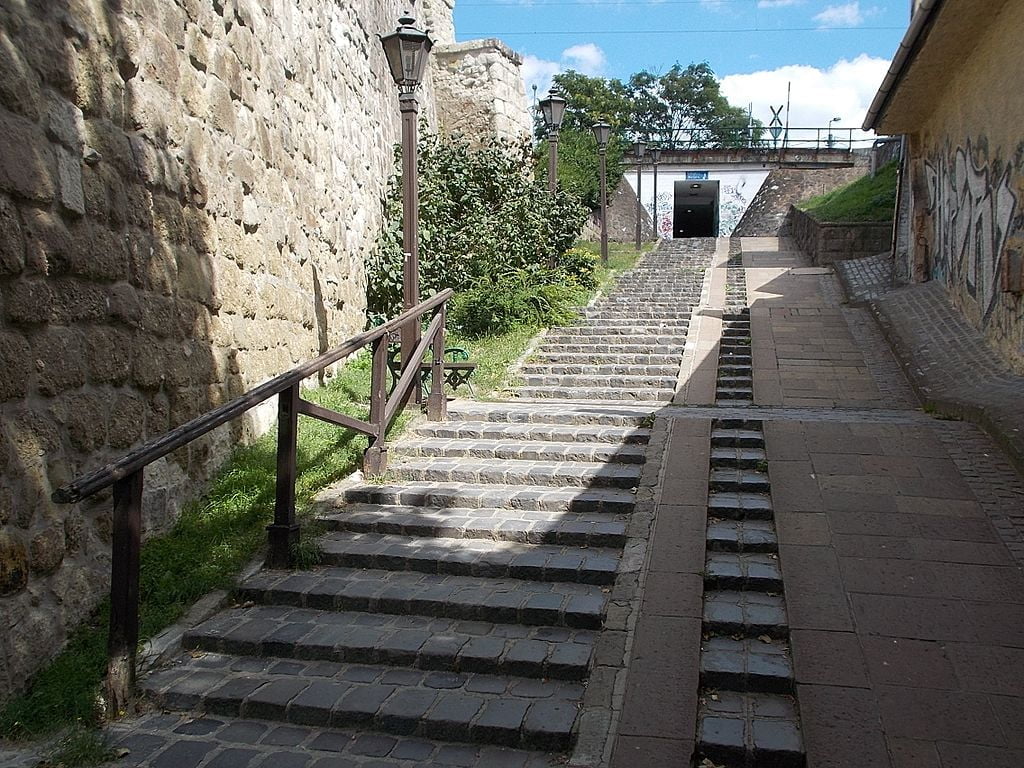
Revisit More Historic Places Below or Read Further
Current Times
Today, the bishop palace is the only original medieval structure of Eger Castle. Most structures remain from the recent centuries that archeologists excavated. The castle’s history is preserved by the Eger Castle museum, including wax figurines of important figures associated with the history of Eger Castle.

Interesting Eger Castle Facts
- The Siege of Eger is the key event that gave the castle fame for repelling the Turkish attacks.
- In 1701, the Austrians explored half of the Castle’s original structure when the demolition of the castle was ordered by the church.
- Eger Castle served as an army barricade in the twentieth century by the Hungarian forces.
Visiting Eger Castle – Tips and Tricks
If you are inspired by the history of Eger Castle and feel intrigued to visit, we have you covered. In the coming section, we have provided you with all the necessary details, including the ticket prices, visiting hours, and how you can get to Eger Castle with maximum ease and comfort.

How to get to Eger Castle?
It is very convenient to commute from the city of Eger to Eger Castle. Since the castle is close by, it is barely a ten-minute walk. If you wish, you can also take a taxi up to the castle, costing around 600 to 1000 HF ($2- $3 USD). In addition, bus numbers 11, 12 and 14 leaving from Eger city are also cheap options to reach Eger Castle.
Ticket Prices, Visiting Hours & Travel Tips
Information was checked & updated on October 29, 2023.
The castle is open for visitors all days of the week except Mondays. The visiting hours vary depending upon the seasons. In the summers, March till November, the castle opens up at 8 am and closes at 6 pm. Whereas, in the winters, November till February, the Castle opens at 8 am and closes at 4 pm. The castle museum closes at 5 pm in the summers and 4 pm in winter.
The entry fee to visit Eger Castle is 3600 HUF ($10 USD) per person, including the entry fee to the castle’s museum. A discount is available for children and students visiting the castle where the entry fee is half of the original amount. Entry is free for senior citizens over 70 and children under 6 years of age.
You can also avail of guided tours and auto-guides while visiting the castle, each of which requires an additional fee to be paid to avail the service. A number of companies offer private tours which can cost from $100- $250 USD.

How Long Will It Take to Tour Around?
It can take about 2 hours to complete your visit to Eger Castle, including its interior, as well as exploring the castle’s museum.
Up to Date Information
For up to date ticket prices and visiting hours visit the official website: https://egrivar.hu/en
Some words of advice and tips:
- The castle is most crowded during the first half of the day. If you wish to avoid the crowd, you can visit the castle in the afternoon.
- Adjacent to the castle are several famous restaurants that you can visit to have a scrumptious meal.
- The castle also allows wedding photography for which you have to buy a ticket and management’s permission for the photoshoot.

